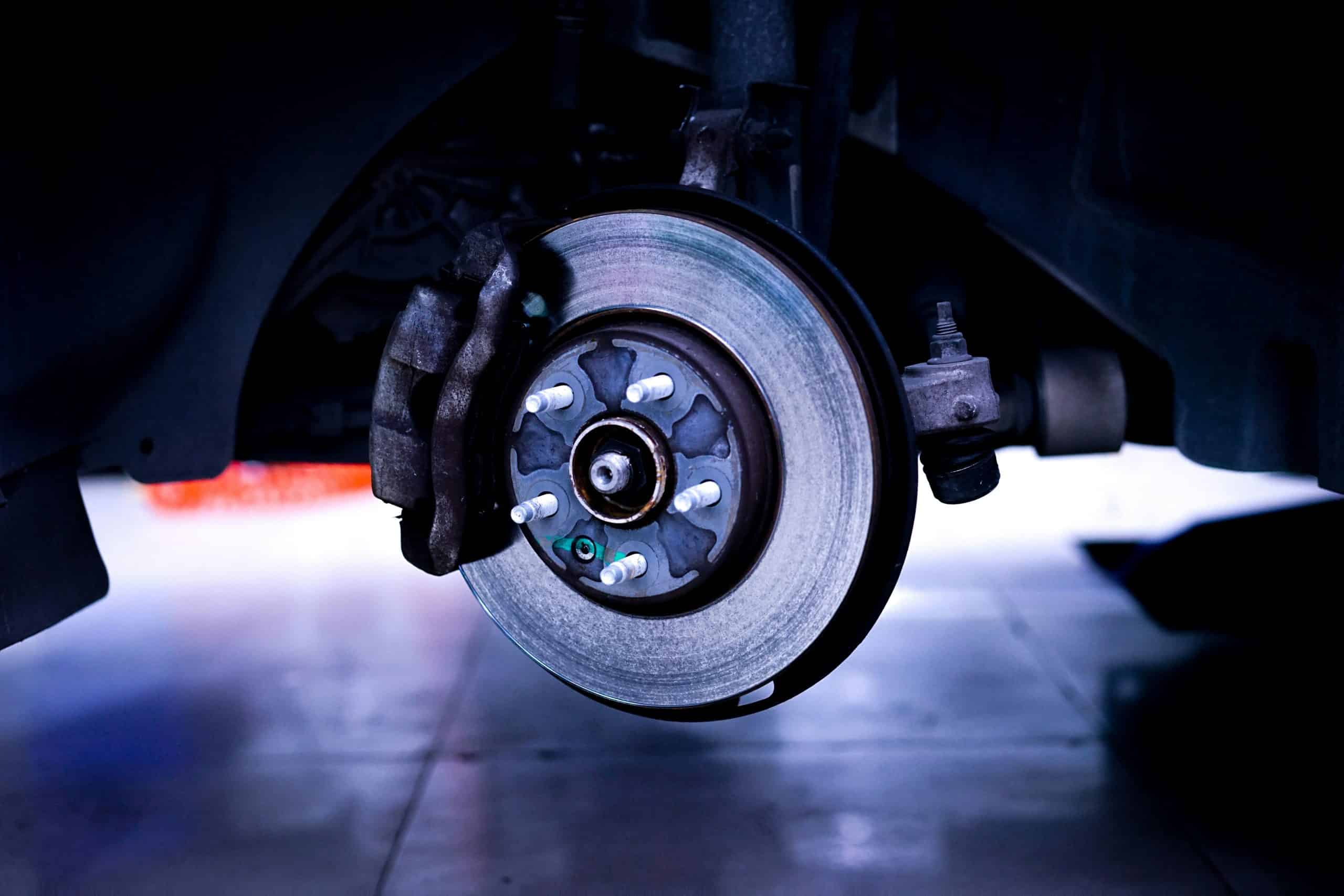Can You Significantly Improve Your Car’s Braking Distance with Upgraded Brake Lines and Fluid?

In the realm of car performance, many factors contribute to a vehicle’s overall drivability. Tires, suspension, and engine performance often take center stage. However, one crucial component typically overlooked is the braking system. Specifically, the brake lines and brake fluid. Can upgrading your brake lines and fluid significantly improve your car’s braking distance? In this article, we dive into the aspects of a car’s braking system, focusing on brake lines and fluid, and how upgrades in these areas can affect your car’s braking distance and overall performance.
Understanding Your Car’s Braking System
Before delving into the benefits and mechanics of upgraded brake lines and fluid, it’s important to understand how your car’s braking system works. When you push down on the brake pedal, it results in a series of reactions, starting with the activation of your brake’s master cylinder. The master cylinder utilizes brake fluid to generate hydraulic pressure, which is then transferred through your brake lines to your brake calipers. The calipers then squeeze the brake pads onto the rotors, causing your car to slow down or stop.
A voir aussi : Can You Improve Your Car’s Fuel Economy with Simple Driving Habits?
A crucial point to understand is that the effectiveness of your car’s braking system significantly depends on the condition of your brake lines and the quality of your brake fluid. Upgrading these components can deliver improved braking performance, but how does that translate into reducing braking distance?
Upgrading Brake Lines
Brake lines, which are responsible for transferring brake fluid from the master cylinder to the brake calipers, come in two main types in most cars: rubber and stainless steel. The difference between these two lies in their durability and response. Rubber lines are more common in standard cars due to their cost-effectiveness. However, they have a tendency to expand under high pressure, which can lead to a spongier brake pedal feel.
Dans le meme genre : What Are the Advantages of LED Headlights Over Halogen?
In contrast, stainless steel brake lines are more robust and do not expand under pressure, providing a much more solid and responsive brake pedal feel. Upgrading to stainless steel lines can help improve your car’s braking system, mainly by enhancing the brake pedal’s firmness and responsiveness. This upgrade will make your car’s braking more efficient and, consequently, reduce your braking distance.
Importance of Brake Fluid and Grades
The type of brake fluid you use in your car can significantly influence your braking system’s performance. When you apply your brakes, the brake fluid transfers the force from the brake pedal to the brake pads. This process needs a fluid that can operate effectively under varying temperatures and pressures.
Brake fluids are categorized based on their DOT rating, ranging from DOT 3 to DOT 5.1. Each grade has a different boiling point, with higher DOT ratings offering higher boiling points. Why is this important? Under hard braking or during long descents, brakes can get hot. If the brake fluid boils, it turns into gas, which is compressible, leading to a spongy brake pedal feel and reduced braking performance.
Upgrading to a higher DOT brake fluid can provide better performance under high heat conditions, maintaining brake effectiveness and potentially reducing braking distance.
The Impact of Brake Fluid and Brake Lines on Braking Distance
Upgraded brake lines and brake fluid can indeed significantly improve your car’s braking distance. By upgrading to stainless steel brake lines, you enhance the responsiveness and firmness of the brake pedal. This translates to more efficient braking and, in turn, reduced braking distance.
Similarly, upgrading your brake fluid to a higher DOT rating can also help reduce braking distance, especially under high heat conditions. The higher boiling point of these fluids ensures that they remain effective even when the brakes are hot, preventing a reduction in braking performance.
Beyond Braking Distance: Other Benefits of Upgrading Brake Lines and Fluid
While reducing braking distance is a significant benefit, upgrading your brake lines and fluid can offer additional advantages. Stainless steel brake lines provide a more consistent and solid brake pedal feel, giving you more control over your vehicle’s braking.
Higher DOT brake fluid can withstand more heat, which is particularly useful for high-performance driving or in hot climates. It also translates to less maintenance, as these fluids need to be replaced less frequently than their lower DOT counterparts.
In conclusion, while tires, suspension, and engine performance are all crucial for a car’s performance, your braking system, specifically your brake lines and fluid, also plays a significant role. Upgrading these components can not only improve your car’s braking performance but can also enhance your overall driving experience.
Delving Deeper: Factors Affecting Brake Lines and Fluid Performance
With the basics outlined, let’s look at some of the other aspects that make brake lines and fluid important to your vehicle’s braking performance. The type of car you drive, the conditions you drive in, and your driving habits all play a role in determining the effectiveness of your brake lines and fluid.
For everyday city driving in a standard car, rubber brake lines and low DOT brake fluid may suffice. However, for those who often drive in high heat conditions, engage in high-performance or off-road driving, or own a sports or performance car, upgrading these components becomes critical. These conditions put more stress on your brake system, requiring brake lines and fluid that can withstand the increased demands.
Stainless steel brake lines, due to their robust nature, perform better in conditions where high pressure is exerted on the braking system, such as in performance driving or in larger, heavier vehicles. They are also more resistant to damage and wear, making them a safer option in harsh environments.
As for brake fluid, as the DOT rating increases, the fluid can withstand higher temperatures before boiling. Therefore, if you frequently engage in activities that heat up your brakes, such as high-speed driving, long descents, or towing, a higher DOT fluid would be beneficial. Additionally, if you live in a climate with high ambient temperatures, using a higher DOT brake fluid can prevent the fluid from boiling, which would otherwise lead to brake failure.
In Conclusion: Upgrading Brake Lines and Fluid for Better Braking Performance
When it comes to car performance, the braking system is just as important as any other component. And within the braking system, the brake lines and fluid play a crucial role. Upgrading these elements can lead to significant improvements in your car’s braking distance and overall performance.
Switching to stainless steel brake lines can provide a more responsive and solid brake pedal feel, making your braking more efficient and reducing braking distance. Upgrading your brake fluid to a higher DOT rating ensures that it remains effective even under high heat conditions, preventing brake performance reduction and potentially reducing braking distance.
Aside from this, these upgrades offer other benefits. Stainless steel brake lines are more durable and safer in harsh driving conditions. High DOT brake fluid requires less frequent replacement, saving you time and effort in maintenance.
In summary, while tires, suspension, and engine performance are important, don’t overlook the role of your brake lines and fluid. Upgrading these components can significantly enhance your car’s braking performance, driving experience, and, most importantly, safety.
